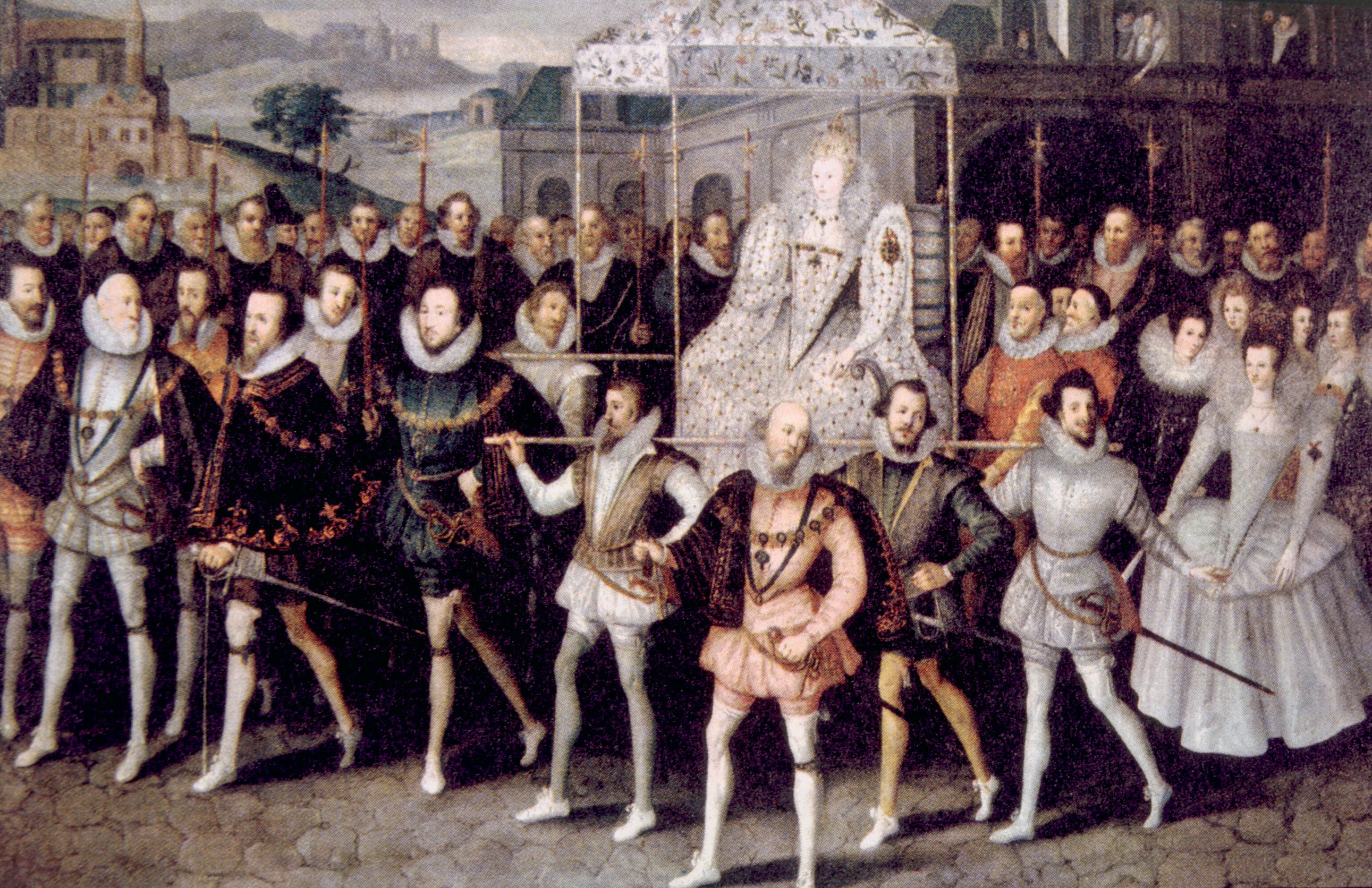In the 16th and 17th century wealthy europeans ate corpses thinking they d cure them of ailments

In the 16th and 17th century wealthy Europeans ate corpses thinking they’d cure them of ailments.

During the 16th and 17th centuries, a rather disturbing practice took place in Europe among some wealthy individuals seeking a cure for their ailments. It is hard to fathom now, but at the time, there was a belief that consuming human flesh, particularly that of corpses, possessed medicinal properties capable of curing various illnesses. This grim practice, known as corpse medicine or medicinal cannibalism, was prevalent, although highly controversial, among the elite of European society.

Medical treatments during this period were vastly different from what we know and trust today. The scarcity of scientific knowledge, limited access to effective medicine, and the persistent belief in the mystical qualities of the human body gave rise to the bizarre notion that consuming human flesh could provide a panacea for various afflictions.
The act of feasting on corpses was justified by the belief that consuming the essence of a deceased person would transfer their virtues and qualities to the living. It was thought that by ingesting specific body parts or drinking concoctions made from pulverized human remains, the consumer could absorb the strength, intelligence, or specific traits possessed by the deceased individual. This belief extended beyond physical attributes and included mental and moral qualities as well.
One example of this macabre practice was the belief that consuming powdered mummies could cure internal bleeding. Mummies, which were in high demand, were ground into a fine powder and mixed with various substances to create medicinal potions. The belief was that the essence of these preserved bodies held powerful healing properties.
The consumption of human flesh was not limited to mummies alone. It was not uncommon for wealthy Europeans to attend executions and obtain body parts fresh from the gallows. The wealthy took part in this disturbing custom by purchasing the flesh of executed criminals, often employing special intermediaries to obtain these sought-after commodities.
Despite its controversial nature, corpse medicine was prevalent among the wealthy and considered a luxury. It became a status symbol to possess these unusual medical remedies, and it was not uncommon for aristocrats to display their collection of powdered mummies, preserved limbs, or preserved organs as a sign of wealth and power.
While the practice of medicinal cannibalism may seem unthinkable today, it offers a glimpse into the desperation and ignorance of a bygone era. As scientific knowledge advanced and medical practices evolved, these gruesome beliefs were eventually rejected, and the consumption of human flesh for medicinal purposes came to an end.
To learn more about this intriguing topic, you can refer to the Smithsonian Magazine article titled “The Gruesome History of Eating Corpses as Medicine”. The article provides detailed insights into the cultural and historical aspects of this practice, shedding light on a dark chapter in human history.
Tags
Share
Related Posts
Quick Links
Legal Stuff

